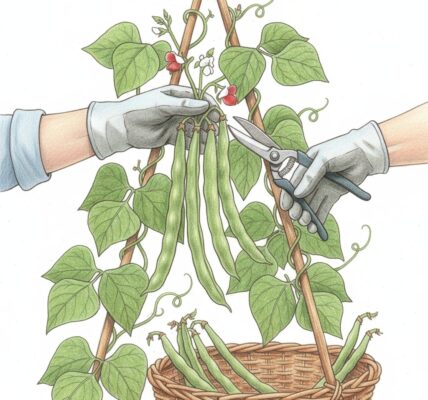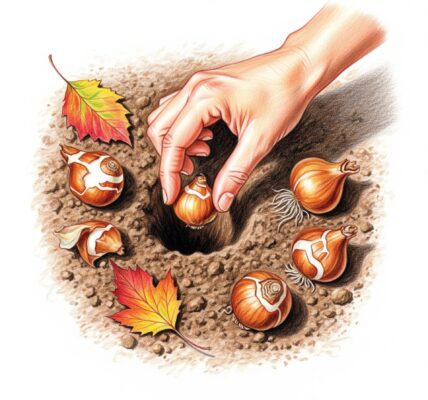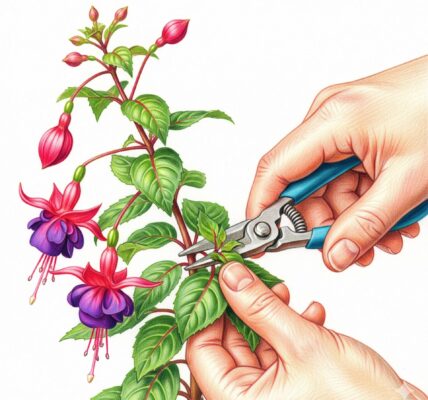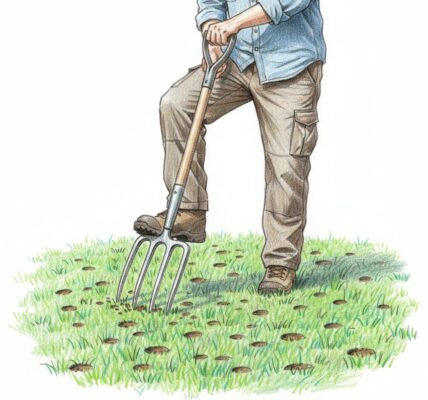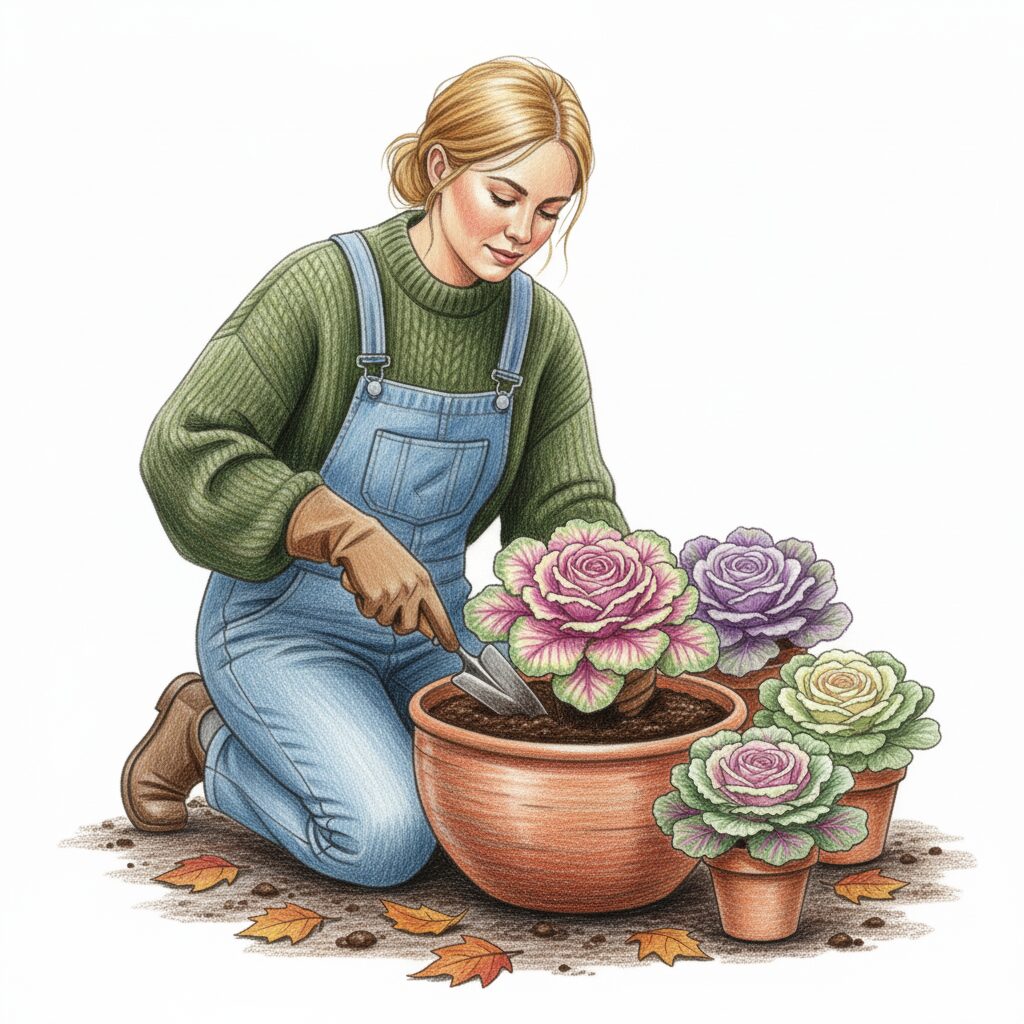
As the vibrant colours of summer gardens begin to fade, many gardeners in the UK might feel a touch of melancholy. However, the arrival of ornamental cabbage (often referred to as flowering cabbage or kale) offers a fantastic opportunity to inject a burst of colour and unique texture into your late seasonal displays. These stunning plants, with their ruffled leaves in shades of cream, pink, purple, and green, provide an unexpectedly beautiful and long-lasting alternative to traditional autumn and winter bedding, truly shining when other plants are starting to slumber.
Container planting is an ideal way to showcase ornamental cabbage, allowing you to create striking focal points on patios, balconies, or near your front door. The key to a colourful and enduring display lies in selecting healthy plants with well-developed rosettes and combining them effectively. Choose a container that complements their robust forms and allows for adequate drainage. Fill it with a good quality, free-draining compost, as ornamental cabbage dislikes sitting in soggy soil. When arranging, consider mixing different coloured varieties together for a vibrant tapestry, or pairing them with evergreen foliage plants like ivy or small conifers for a sophisticated contrast that adds year-round interest.
Caring for ornamental cabbage in containers is relatively straightforward, making them perfect for busy UK gardeners. They prefer a sunny spot but will tolerate partial shade, which can intensify their leaf colours. Regular watering is essential, especially during dry spells, but be careful not to overwater. While they are generally hardy and tolerate light frosts, a severe cold snap might benefit from a temporary move to a more sheltered spot or covering with horticultural fleece. With their architectural beauty and resilience, ornamental cabbage provides a dynamic and colourful evergreen display that extends the gardening season well into winter, proving that autumn and winter containers can be just as exciting as their summer counterparts.

